Many people are curious about mushrooms and may wonder if it is safe to touch them. While it’s generally not harmful to touch most mushrooms, there are some potential risks to be aware of. Certain mushrooms can cause skin irritation or allergic reactions, so it’s important to exercise caution when handling them.
One of the main reasons why some mushrooms can be dangerous to touch is because of their toxic properties. Certain species contain toxins that can cause skin irritation or allergic reactions when they come into contact with the skin. These toxins can be absorbed through the skin and may cause symptoms such as redness, itching, or a rash.
In addition to skin irritation, there are also some mushrooms that are toxic when ingested and can be harmful if they come into contact with the mouth or eyes. It’s important to be cautious when handling mushrooms, especially if you are uncertain about their specific species. It’s always best to err on the side of caution and avoid touching mushrooms that you are unsure about.
Overall, while it’s generally safe to touch most mushrooms, it’s important to exercise caution and be aware of the potential risks. If you are unsure about the safety of a particular mushroom, it’s best to avoid touching it. Remember, when it comes to mushrooms, it’s better to be safe than sorry!
- Is It Dangerous to Touch a Mushroom? Find Out the Potential Risks Here
- The Risks of Poisonous Mushrooms
- Allergic Reactions
- Other Factors to Consider
- Poisonous Mushrooms: Identifying the Danger
- Allergic Reactions to Mushrooms: What to Look Out for
- Severe Illnesses Caused by Mushroom Toxins
- Protecting Your Skin: Precautions When Handling Mushrooms
- 1. Wear Protective Gloves
- 2. Avoid Touching Unknown Mushrooms
- Question-answer:
- Are all mushrooms dangerous to touch?
- What are the potential risks of touching a toxic mushroom?
- How can you identify if a mushroom is toxic or safe to touch?
- What should I do if I touched a poisonous mushroom?
- Can touching mushrooms lead to poisoning?
- Are all mushrooms dangerous to touch?
- What are the potential risks of touching a mushroom?
Is It Dangerous to Touch a Mushroom? Find Out the Potential Risks Here
When it comes to mushrooms, many people are unsure about whether it’s safe to touch them or if there are any potential risks involved. While mushrooms themselves are generally not harmful to touch, there are several factors to consider that could pose some risks.
The Risks of Poisonous Mushrooms
One of the main concerns when touching mushrooms is the potential of coming into contact with poisonous species. Some mushrooms are highly toxic and can cause severe reactions if touched or ingested. It’s essential to be able to identify poisonous mushrooms and avoid touching them altogether.
To differentiate between edible and poisonous mushrooms, it’s advised to learn how to properly identify them, either through extensive research or by consulting an expert mycologist. By familiarizing yourself with the different characteristics and habitats of mushrooms, you can reduce the risk of accidentally touching a poisonous species.
Allergic Reactions
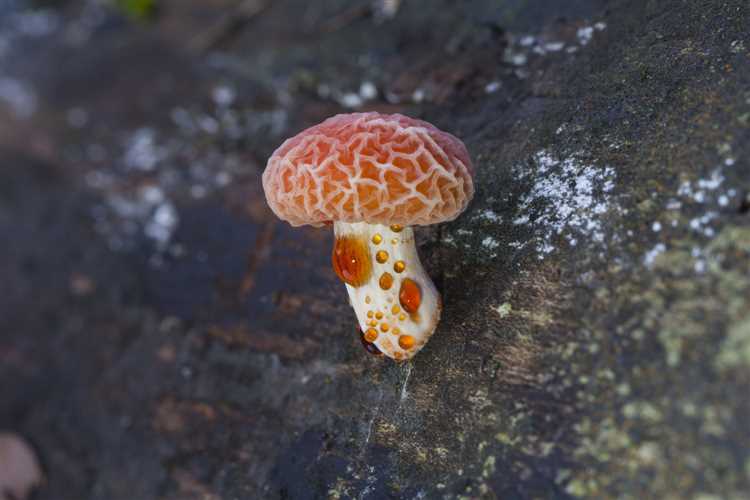
While not as common as the risk of toxicity, some individuals may be allergic to certain types of mushrooms. Coming into direct contact with these mushrooms can trigger an allergic reaction, ranging from mild irritation to more severe symptoms.
It’s important to be aware of any existing allergies to fungi and take necessary precautions to avoid touching them. Wearing gloves and washing your hands thoroughly after handling mushrooms can help minimize the risk of allergic reactions.
Other Factors to Consider
Aside from toxicity and allergies, there are a few other factors to consider when touching mushrooms. Some species of mushrooms may release spores when touched, which can be irritating to the skin or respiratory system. Additionally, handling wild mushrooms without proper knowledge or training may unintentionally disrupt their ecology or spread harmful spores.
To ensure your safety and the preservation of mushrooms, it’s crucial to exercise caution and respect when interacting with them. Avoid unnecessary handling and remember to leave them untouched in their natural habitat whenever possible.
| Potential Risks of Touching Mushrooms: |
|---|
| Poisonous species |
| Allergic reactions |
| Release of irritating spores |
| Disruption of ecology |
Poisonous Mushrooms: Identifying the Danger
When it comes to mushrooms, not all of them are safe to touch, let alone consume. Many mushrooms can be poisonous and cause severe health issues if handled or ingested. Therefore, it is crucial to be able to identify the potential danger when encountering wild mushrooms.
One of the key factors in identifying poisonous mushrooms is their physical appearance. Poisonous mushrooms often have distinct features that set them apart from their edible counterparts. These characteristics include bright colors, unusual shapes, or specific patterns. It is important to familiarize yourself with common poisonous mushrooms in your area and learn how to recognize them.
Another aspect to consider when identifying the danger posed by a mushroom is its odor. Some poisonous mushrooms have a strong, unpleasant smell that can help differentiate them from safe varieties. If a mushroom emits a foul odor, it is best to avoid handling it altogether.
The presence of certain signs or symptoms can also indicate whether a mushroom is dangerous. These signs can include discoloration or bruising of the mushroom, slimy or mushy texture, or the presence of bugs or insects. If any of these signs are present, it is recommended to exercise caution and avoid contact with the mushroom.
It is essential to remember that visual identification alone is not always sufficient to determine if a mushroom is poisonous. Certain edible mushrooms can resemble their toxic counterparts closely, making it necessary to rely on expert knowledge or professional assistance.
If you come across a mushroom that you suspect to be poisonous, it is best to avoid touching it or consuming it. Keep children and pets away from the mushroom and notify a local mycological expert or poison control center for guidance.
Remember, when it comes to mushrooms, it is always better to err on the side of caution. Proper identification is crucial to ensure your safety and prevent any potential harm.
Allergic Reactions to Mushrooms: What to Look Out for
Allergic reactions to mushrooms can occur in some individuals, particularly those with a history of allergies. While most people can safely handle and consume mushrooms, it’s important to be aware of the potential risks if you have a known allergy or sensitivity.
Symptoms of Mushroom Allergies
Common symptoms of an allergic reaction to mushrooms can include:
- Hives or a rash
- Swelling of the face, lips, tongue, or throat
- Difficulty breathing or wheezing
- Nausea or vomiting
- Diarrhea
- Dizziness or fainting
- Abdominal pain or cramping
If you experience any of these symptoms after handling or consuming mushrooms, it’s important to seek medical attention immediately.
Cross-reactivity and Sensitivities
Some individuals with allergies to certain foods, such as molds or other fungi, may be more likely to experience an allergic reaction to mushrooms. This is known as cross-reactivity. If you have a known allergy to mold or other fungi, it’s important to be cautious when handling or consuming mushrooms.
Note: The information provided in this article is not intended to replace professional medical advice. Please consult with a healthcare professional for guidance regarding your specific allergies or health concerns.
Severe Illnesses Caused by Mushroom Toxins
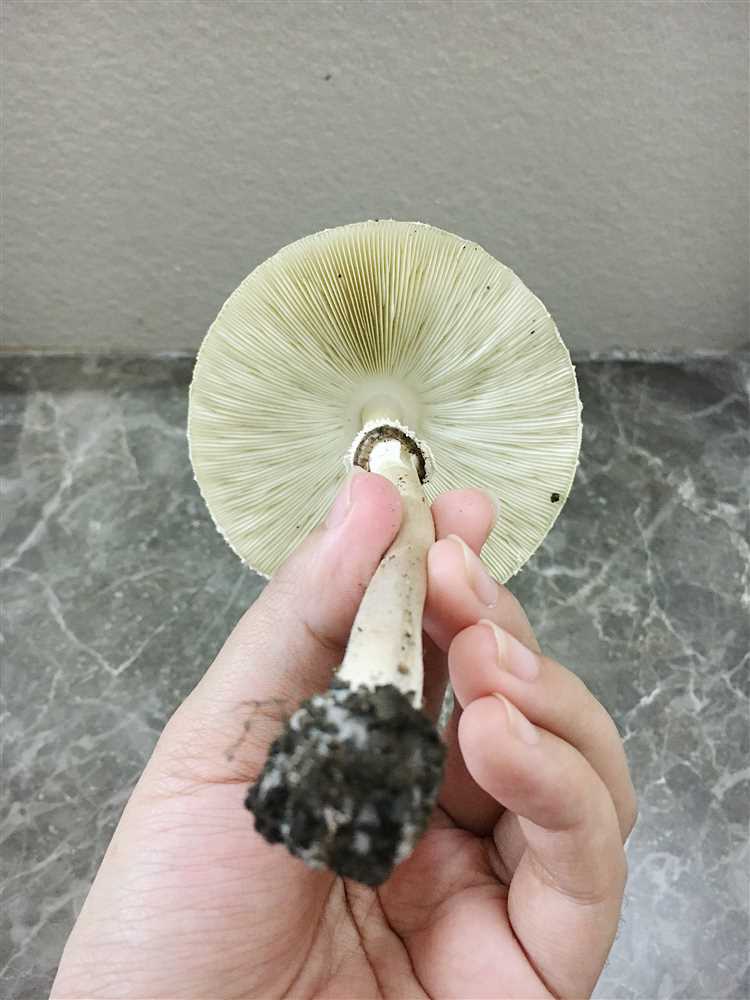
Mushrooms have been a part of human diet for centuries, but not all mushrooms are safe to consume. Some mushrooms contain toxins that can cause severe illnesses and even be fatal. It is important to properly identify and handle mushrooms to avoid these risks. Here are some of the severe illnesses that can be caused by mushroom toxins:
- Amatoxin Poisoning: Amatoxins are a group of toxins found in certain species of mushrooms, such as the death cap (Amanita phalloides) and the destroying angel (Amanita virosa). Ingesting these mushrooms can lead to liver failure and other organ damage. Symptoms may take several hours to appear and can include abdominal pain, vomiting, and diarrhea.
- Muscarine Poisoning: Muscarine is a toxin found in certain types of mushrooms, including the fly agaric (Amanita muscaria) and the panther cap (Amanita pantherina). Consumption of these mushrooms can result in symptoms such as excessive sweating, drooling, blurred vision, and even paralysis.
- Ibotenic Acid Poisoning: Ibotenic acid is a neurotoxin found in mushrooms such as the fly agaric (Amanita muscaria). Ingesting mushrooms containing this toxin can cause hallucinations, confusion, and in extreme cases, seizures and coma.
- Psilocybin Poisoning: Psilocybin is a hallucinogenic compound found in certain species of mushrooms, commonly known as magic mushrooms. Although psilocybin itself is not generally considered toxic, consuming large amounts of these mushrooms can lead to a dangerous increase in heart rate, blood pressure, and body temperature, as well as panic reactions and psychosis.
- Gastrointestinal Disturbances: Eating certain types of mushrooms, even those that are not highly toxic, can cause gastrointestinal disturbances such as nausea, vomiting, and diarrhea. These symptoms can be particularly severe in individuals who are sensitive or allergic to mushrooms.
It is essential to exercise caution and seek expert advice when foraging for wild mushrooms or consuming mushrooms purchased from unfamiliar sources. If you or someone you know experiences symptoms after consuming mushrooms, it is crucial to seek immediate medical attention and inform medical professionals about the suspected mushroom ingestion.
Protecting Your Skin: Precautions When Handling Mushrooms
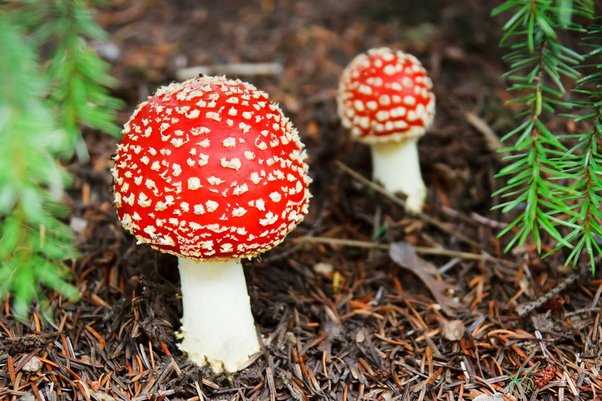
When it comes to handling mushrooms, it is essential to take certain precautions to protect your skin. While mushrooms are generally safe to touch, there are a few potential risks that you should be aware of. By following these guidelines, you can ensure your safety and enjoy your mushroom exploration without any worries.
1. Wear Protective Gloves
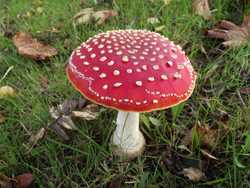
One simple precaution you can take when handling mushrooms is to wear protective gloves. Gloves can provide a barrier between your skin and any potential irritants or harmful substances that may be present on the mushroom’s surface.
2. Avoid Touching Unknown Mushrooms
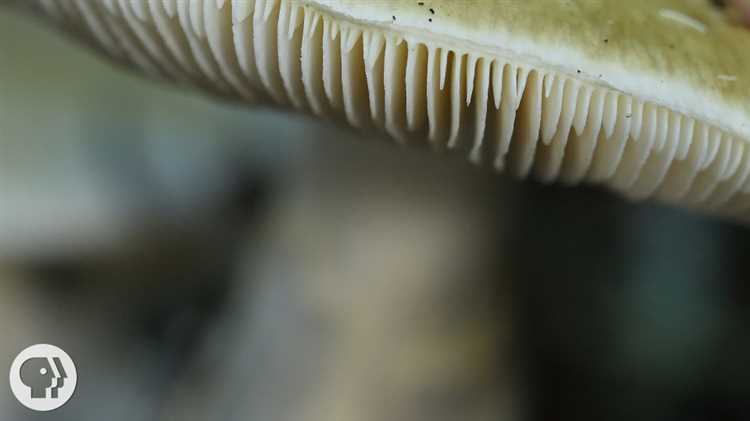
Unless you are an experienced mycologist, it is best to avoid touching unknown mushrooms altogether. Some mushrooms can cause skin irritation or allergic reactions, making it important to exercise caution. Stick to handling mushrooms that you are familiar with or have been properly identified.
Additionally, remember to wash your hands thoroughly after handling mushrooms, even if you have been wearing gloves. This will help remove any potential allergens or irritants that may have come into contact with your skin.
By taking these precautions, you can safely handle mushrooms and minimize the risk of any adverse reactions or skin irritations. Remember to always prioritize your safety when coming into contact with mushrooms, and enjoy the wonders of the fungal world with peace of mind.
Question-answer:
Are all mushrooms dangerous to touch?
No, not all mushrooms are dangerous to touch. While some mushrooms can be toxic or have irritating effects on the skin, many mushrooms are completely safe to touch.
What are the potential risks of touching a toxic mushroom?
Touching a toxic mushroom can lead to skin irritation, such as redness, itching, or a rash. In some cases, it can also cause more severe symptoms, such as nausea, vomiting, or even organ damage.
How can you identify if a mushroom is toxic or safe to touch?
Identifying the toxicity of a mushroom based on its appearance alone can be difficult. It is best to educate yourself on the types of mushrooms that are known to be toxic and avoid touching any mushrooms that you are uncertain about.
What should I do if I touched a poisonous mushroom?
If you have touched a poisonous mushroom, it is important to wash your hands thoroughly with soap and water. If you experience any symptoms, such as irritation or nausea, seek medical attention immediately.
Can touching mushrooms lead to poisoning?
While it is rare for poisoning to occur simply through touching a mushroom, there is a potential risk if you have an open wound or if you touch your eyes, mouth, or nose after handling a toxic mushroom.
Are all mushrooms dangerous to touch?
No, not all mushrooms are dangerous to touch. While some mushrooms can cause skin irritation or allergic reactions, most mushrooms are safe to handle. It is important to be aware of the specific species of mushroom you are dealing with and to exercise caution when handling wild mushrooms.
What are the potential risks of touching a mushroom?
Touching a mushroom can pose several potential risks, depending on the species. Some mushrooms may cause skin irritation, leading to allergic reactions or dermatitis. Certain toxic mushrooms can also transfer toxins through touch, which can be harmful if they come into contact with open wounds or mucous membranes. Additionally, handling wild mushrooms without proper knowledge can increase the risk of accidental ingestion of poisonous varieties.